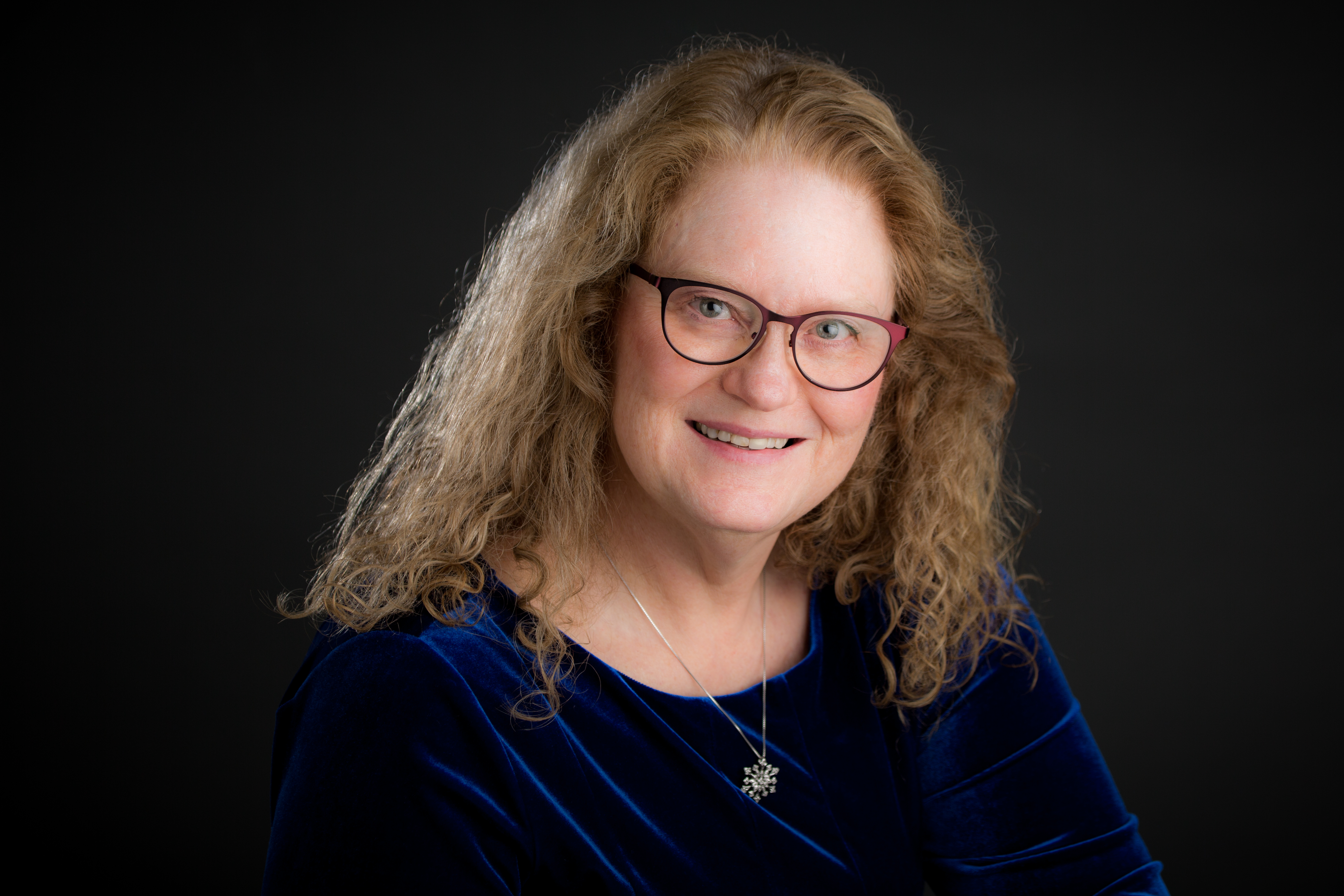Humility

One of the lessons I am learning as an adult student of both composition and voice is humility. This humility is necessary in order to set aside any excess pride or superiority that can interfere with my learning. That isn’t always comfortable. Some definitions of humility include. While I believe all of these definitions are … [Read more…]